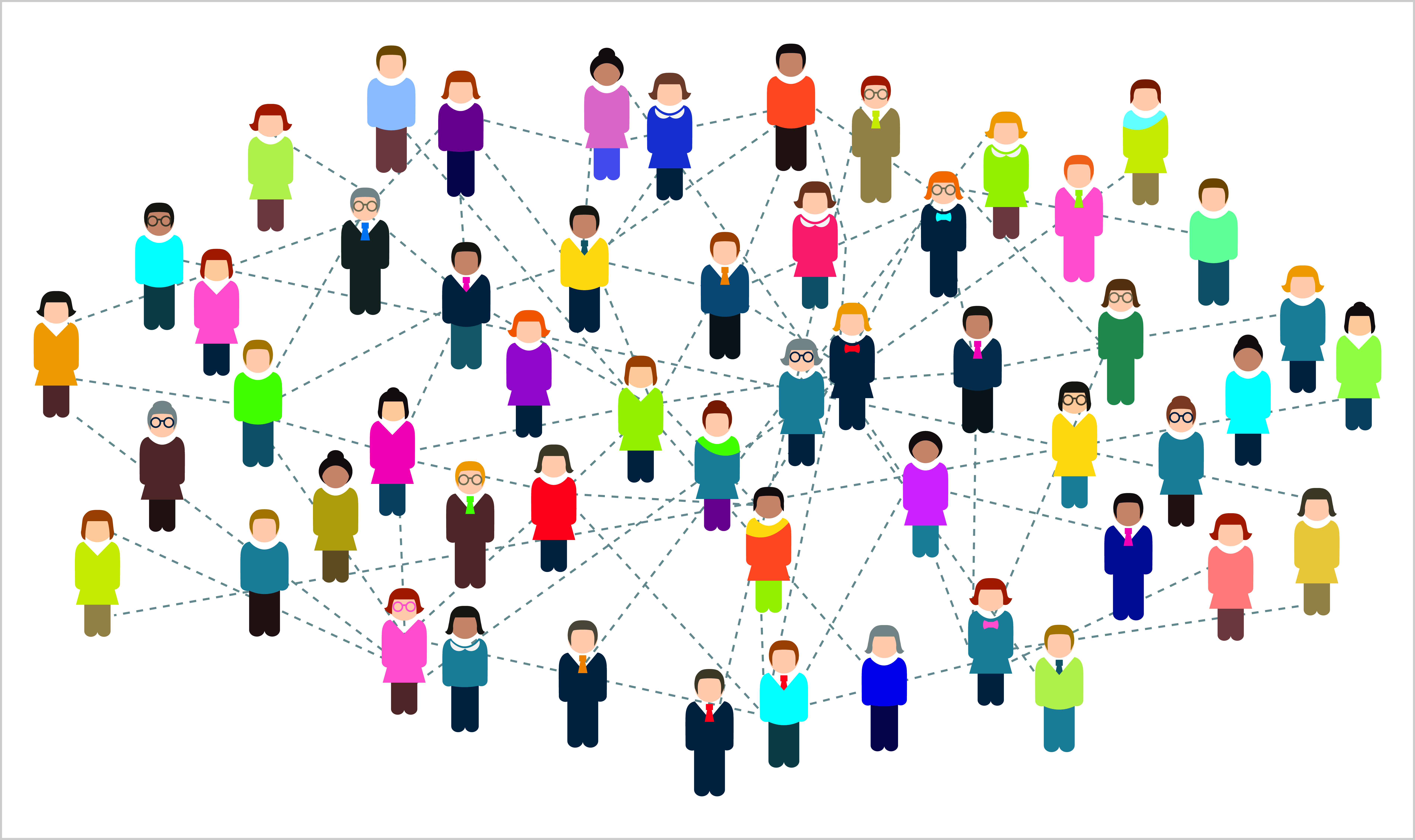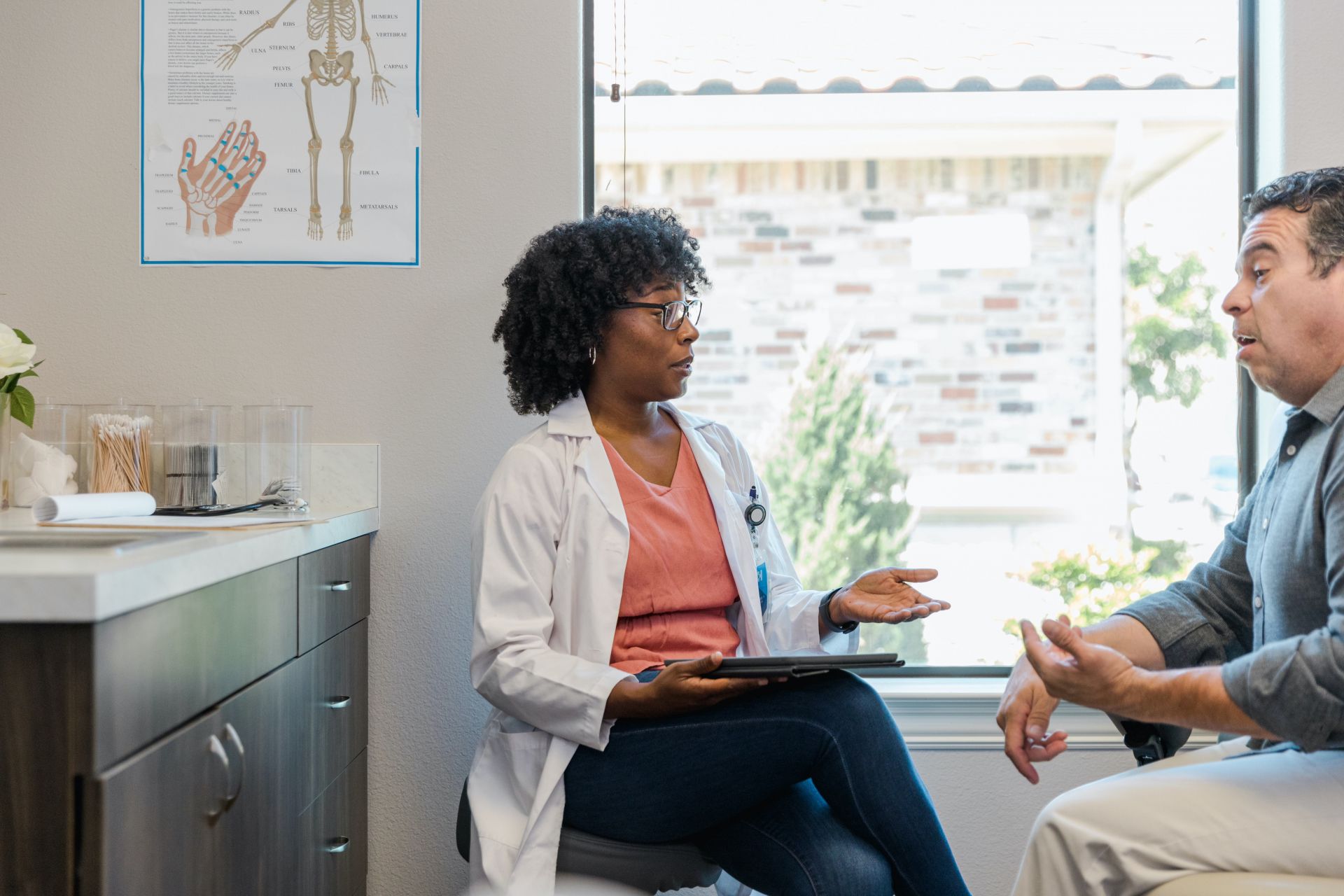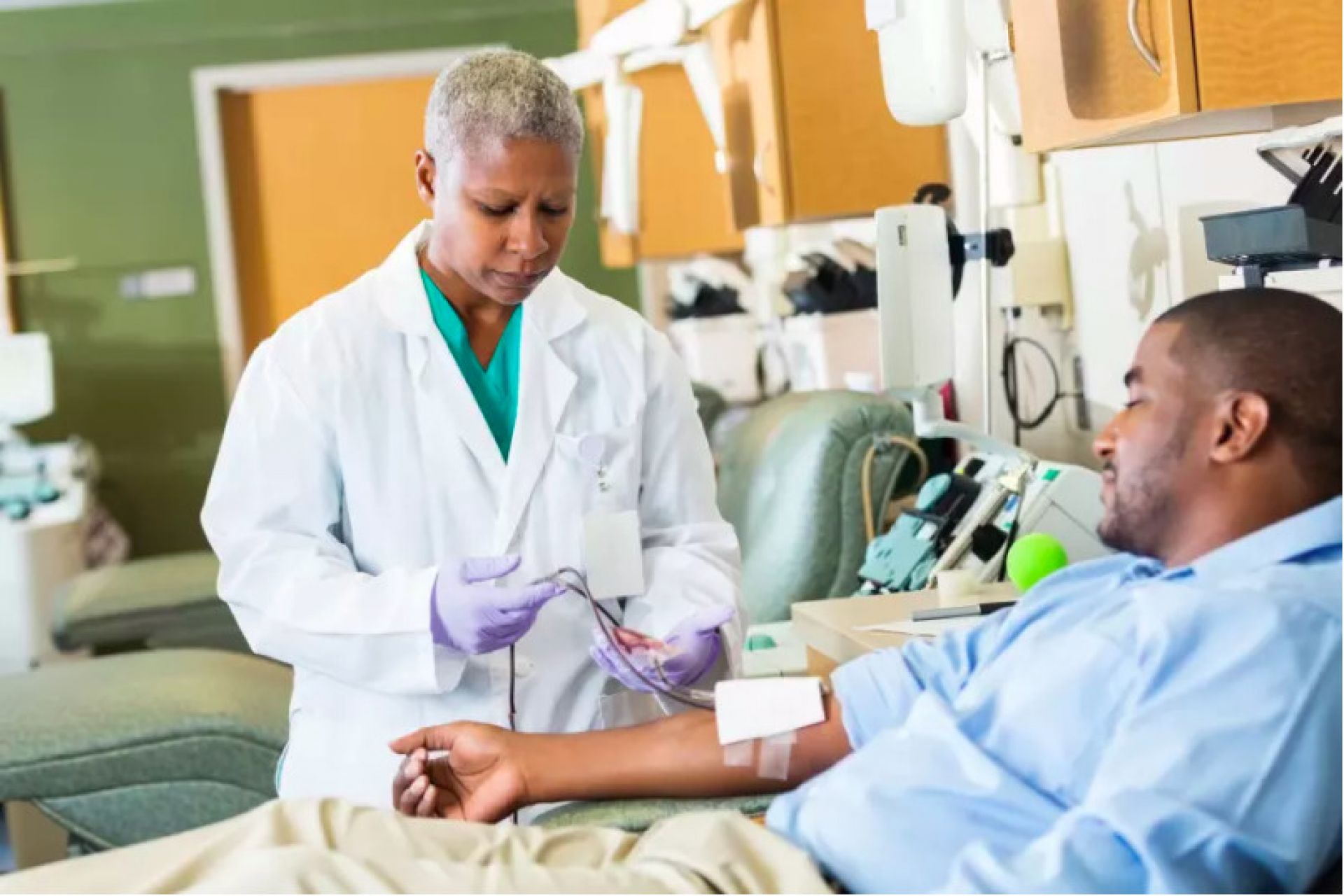
Health & Medicine
Using the right test for the right person to detect bowel cancer

We know that earlier cancer diagnosis leads to better survival rates, but we aren’t using the data we already have to guide faster testing and treatment
Published 15 May 2025
It may seem an odd analogy, but managing a health issue is a lot like driving a car. We want the fastest, safest and most reliable journey possible.
We certainly want the same thing if we need a cancer diagnosis – fast, safe and reliable – for the best chance of survival.

Every day in Victoria, people attend their GP clinic with symptoms, undergo testing and begin different cancer treatments. Each appointment, test and treatment is important for the individual and for those who come after, because they should benefit from the accumulated knowledge.
Currently, there is no established system to connect the data on each stage of the journey, so we can’t identify trends – both positive and negative – of cancer patient experience.
We are driving around without a decent map of the most effective routes to cancer diagnosis.
To address this, our Cancer in Primary Care team has developed a program to link anonymous health data, allowing us to analyse the entire health system journey. By identifying where the bottlenecks exist in the healthcare system, our goal is to work out how to diagnose and treat cancer earlier.

Health & Medicine
Using the right test for the right person to detect bowel cancer
The first step in identifying these patterns was to assemble as many medical records as possible. Data Connect – a project developed by the VCCC Alliance, University of Melbourne and the Victorian Government – has accessed anonymous information on two million patients and their 78 million medical visits.
This is the first and only example of using linked data from general practice for cancer research in Australia, addressing a major gap in Australian health and medical research.
Our team then connected this data, which spanned almost 20 years of information from general practices, hospitals and cancer registries.
We could then examine the journey of over 200,000 Victorians who have had cancer. We tracked how they navigated the health system through pre-diagnosis to diagnosis and treatment, post-treatment and palliative care.

The type of data collected included their reasons for visiting the GP, prescribed medicines, current and long-term illnesses, test results, height, weight, blood pressure and lifestyle factors like smoking.
Information from hospitals and clinical registries included details about treatments, cancer stage and survival.
By identifying detailed patterns from general practice data, like common symptoms and test abnormalities, our team is highlighting opportunities for the development of diagnostic tools and guidelines to assist GPs in picking up early warning signs of cancer.
One of the most significant findings from the Data Connect program is the identification of earlier detection windows for some of Australia’s most common cancers.
Cancer in Primary Care team member Dr Meena Rafiq is looking at patterns in general practice activity – including frequency of visits, test ordering and test results – to figure out how far diagnosis could potentially be brought forward.

Health & Medicine
Improving the care and wellbeing of cancer survivors
Dr Rafiq found that lung and colorectal (large intestine and bowel) cancer could be detected and diagnosed earlier via common blood tests ordered by GPs. In isolation, these common tests may not be associated with cancer, but by pooling this data, Dr Rafiq was able to see a statistical trend.
Sarcoma – a rare and deadly bone cancer mostly affecting young people – can also potentially be diagnosed earlier, as Dr Rafiq identified increased GP activity and multiple imaging requests up to six months before diagnosis.
Based on these findings, Dr Rafiq developed a clinical tool supporting GPs to further investigate common reasons for visiting a doctor, including bone pain and soft tissue lumps, that may be symptoms of sarcoma.
By shining a light on diagnostic delays, we aim to make this information available to cancer services and clinicians to discuss best practice and the steps needed to prompt earlier recognition of cancer.

Another team member, Dr Jianrong Zhang, has interrogated the data to find that the lung cancer diagnosis process typically takes more than 100 days.
This is at odds with optimal care guidelines for lung cancer, which recommend a maximum of 35 days from the first visit to the GP to diagnosis.
Dr Zhang also found that patients who wait longer than 70 days for a lung cancer diagnosis have worse survival outcomes, highlighting the crucial need to support GPs with more efficient diagnostic processes.
And, interestingly, a study led by Dr Allison Drosdowsky has revealed a ‘waiting time paradox’ for colorectal cancer.
This is also known as the ‘sick quick’ phenomenon, where those with more advanced cancer present with more severe symptoms and are fast-tracked through the health system but have poorer outcomes despite faster diagnosis.
Dr Drosdowsky’s work suggests 120 days should be the maximum waiting time for colonoscopy for people with less severe symptoms.

Health & Medicine
Bringing clinical trials to regional patients
We’re identifying areas where improvement is not just needed, but also possible, in order to inform policy decisions by bringing a data-driven lens to the entire patient journey of care.
By linking data that better reflects how patients experience care between different services, we can advocate for system-wide innovation and integration, reducing duplication of efforts and delivering care when and where it is needed most.
Overall, we have good cancer outcomes in Australia (in some cases because of good access to tests), but there are still big disparities in accessing tests due to proximity or socioeconomic status and the ability to pay.
For example, if you need an endoscopy for oesophageal cancer diagnosis, you are more likely to be referred privately for endoscopy, with shorter waiting periods if you have a higher income. And if you live in inner city or suburban areas, you are more likely to have local access to endoscopy services.

This is a health services issue. It isn’t that GPs aren’t referring people, but that there are different thresholds for referral and challenges in the system, including varying access to diagnostic tests.
So now that we know this, highlighting these disparities with data is key to influencing major changes to health policy and clinical guidelines.
It can be harder to get funding to link and maintain all of these datasets than for research to find a new cancer treatment. But joining the dots with data can inform the way the health system could work more effectively, using the tests and treatments we already have.
By taking a detailed look at patient care data across the health care system, we’ve identified gaps in care and developed strategies to address them, improving outcomes for patients and supporting healthcare teams to provide best-practice care in line with the optimal care guidelines.

Health & Medicine
The future of cancer is very personal
We’re empowering GPs to identify potential cancer cases earlier with digital health interventions like Future Health Today.
Leveraging health record data can automate and accelerate chronic disease detection, enabling faster diagnoses and better patient outcomes.
And this is just the beginning of the future of integrated population-level health data, making it possible to improve treatment and care in real time, benefiting us all.
The Data Connect project has been made possible by funding from the VCCC Alliance and the Victorian Government.
The project is spearheaded by the Cancer in Primary Care team, which is based at the Melbourne Medical School and Collaborative Centre for Genomic Cancer Medicine, a joint venture of the University of Melbourne and Peter MacCallum Cancer Centre.